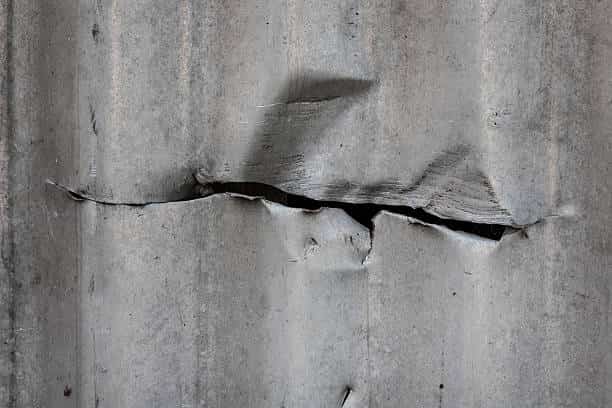Plastic collapse and limit load are two terms commonly used in reference to structural design criteria of components. In this article we will take a brief look at what these terms mean and how to utilize these concepts to create robust designs.
What is plastic collapse?
Plastic collapse may be thought of as a “global” structural phenomenon as opposed to a “local” phenomenon. By global, we mean the overall response of a component or system to a specified set of loads.
The word plastic refers to the fact that material has undergone plastic (irreversible) deformation. Physically, plastic collapse refers to the point (load) at which a structure loses overall stability and can no longer sustain the applied loads. In a system, this may manifest itself in a variety of ways such as burst, collapse, leak and fracture.
How to determine the plastic collapse load?
One of the methods of determining the plastic collapse load for a component is to perform an elasto-plastic structural FEA. By elasto-plastic we mean that the material model chosen for the analysis reflects the true, real life material behavior. After selecting a material model, a true stress strain curve must be input into the analysis software. You can read more about the various plasticity models available in ANSYS here and here is more information on how to input a stress-strain curve in ANSYS.
The following are the steps to determining the plastic collapse load with ANSYS:
- Choose a plasticity model. The model should accurately represent the real life behavior of the material.
- Acquire the stress-strain curve for the material(s) that are being modeled. The stress-strain curve may be obtained from physical testing or generated. One of the ways of generating a stress-strain curve is via the Ramberg-Osgood equations.
- Enter the stress-strain curve(s) in ANSYS.
- Apply the loads of interest.
- Include load steps in your analysis to gradually increase the applied load. For example, if you are designing a component for 5,000 psi operating pressure ramp up the pressure in your analysis to above 5,000 psi. You may include time steps in 1,000 psi increments to say up to 10,000 psi (would have to follow best practices for achieving convergence with elastic-plastic analysis).
- Determine the load at which the model fails to converge. At this point, you must verify if the lack of convergence is due to a true representation of plastic collapse or if it is a premature failure due to a numerical phenomenon. One way to check this is to compare the maximum stress reported by the analysis to the maximum stress on the stress-strain curve (usually the ultimate tensile stress). If they are close (within 5%) then it means that the non-convergence is most probably representing a true collapse situation.
- Plot the load-displacement curve. You can pick a node of interest or the node with the maximum deformation or stress at the last converged load step. Plot a displacement of this node (either total, or directions displacement) vs the applied load. The image below shows an example of one such plot. Two important facts can be immediately derived from this plot:
- The overall shape of the plot is consistent with expectation. The load displacement plot should be similar to the material stress-strain plot. At higher loads, large deformations are observed with small load increments (this is due to the formation of plastic hinge)
- 3,000 kips is the raw plastic collapse load
In some cases the designer may choose to or have to (based on the design code being followed) include a factor on top of the raw plastic collapse load. In the image below the dashed line represents 0.90*3,000 = 2,700 Kips design collapse load.

What is limit load?
The above method aims to determine an accurate value of the plastic collapse load. In other words, in real life you would expect the component to collapse close to the load that has been calculated through analysis. But this may not necessarily be the most conservative approach. One of the biggest sources of inaccuracy could be the material model chosen and the stress-strain curve used. We say this because the plastic response of materials can be very complex and sometimes, the available material models are not sufficiently conservative for specific situations.
One of the ways to ensure conservatism is to utilize an elastic-perfectly plastic material model. This model does not take credit for work hardening. A comparison between an elastic-plastic and elastic-perfect plastic curves is shown below.

The limit load is the plastic collapse load based on the elastic-perfectly plastic material model.
Here are some noteworthy points:
- In ANSYS, BKIN (Bilinear Kinematic Hardening) material model can be used to define EPP (Elastic Perfectly Plastic) material behavior.
- The slope of the plastic portion of the EPP curve is called the tangent modulus and must be defined manually. Some design codes allow a small slope (<5%) for the plastic portion to aid in numerical convergence of the model.
- The yield and ultimate tensile strengths are the same based on EPP material curve
- Determining the limit load in this way is often referred to as limit load analysis
- The limit load can be thought of as a lower bound of the plastic collapse load
I hope this post was useful. If there are questions or comments, do not hesitate to leave a comment or contact me directly at featips.help@gmail.com
